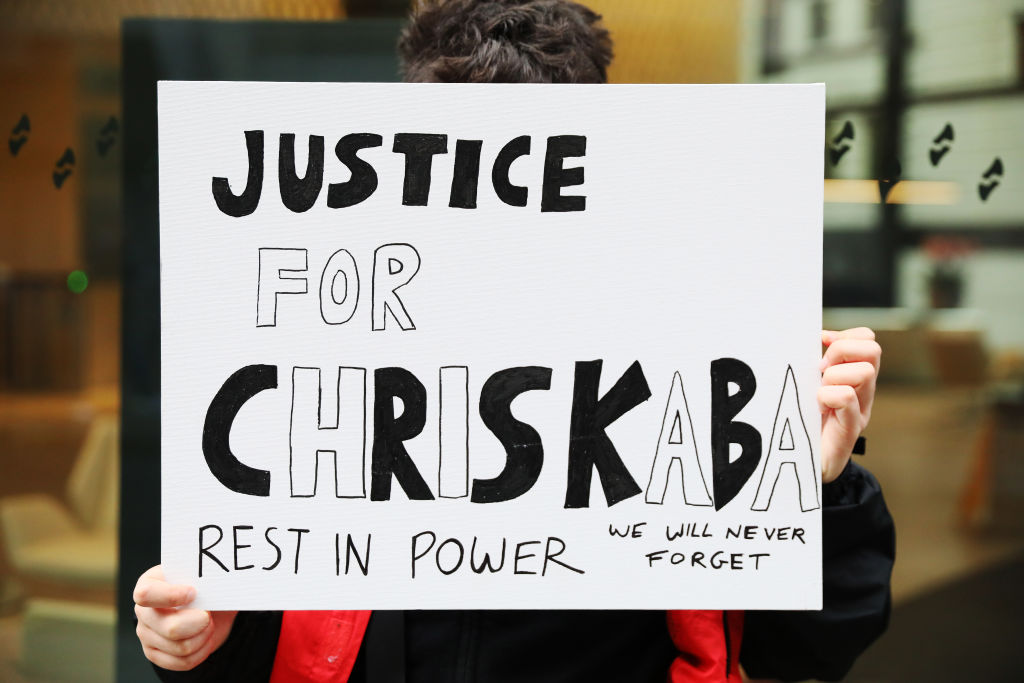There are few moments more serious than when the state takes the life of a citizen, when a police officer kills someone in the line of duty. Such an event demands an independent and rigorous investigation in which the officer accounts for his or her actions. The family and friends of the person who has died deserve nothing less. But the prosecution of Martyn Blake, the firearms officer accused, and now cleared, of murdering Chris Kaba in September 2022 has raised uncomfortable questions about that process. There was something about the trial that didn’t feel right.
Sergeant Blake shot and killed Kaba through the windscreen of the Audi he had been driving in Streatham, South London. The car had been linked to a firearms incident in Brixton the previous night in which a man was spotted with a shotgun. Three men in dark hoodies were seen to change clothes and drive away. The Audi was one of the vehicles they’d apparently used.
The Prosecution said police were correct to follow the Audi when it was seen the next day in Streatham and to attempt to stop it, but they claimed that Blake’s actions were not justified and amounted to murder. The officer said he’d opened fire in self-defence, to ‘incapacitate’ the driver in order to prevent his colleagues being killed. Kaba had refused police orders to stop the car and had driven it at a police vehicle behind him and at one in front of him as he tried to get away.
At the trial, the jury were shown footage of the lead up to and the moment of the fatal shooting, including video from police body-worn cameras, police cars and a helicopter. Sometimes the clips were played repeatedly, frame by frame, to try to understand what exactly was going on in the 17 seconds between the Audi entering the road where the police cars boxed it in and the shooting itself. It was dark, some of the footage was indistinct, wobbly and at times difficult to make out, even when it was played in slow motion. But there was a bigger problem, as even Tom Little KC, for the Prosecution, acknowledged.
‘You do need to be careful’, he told the jury at the start of the trial. ‘The footage can be slowed down and it can be paused. By doing so we can show you points in time such as when the trigger must have been pulled and who was where. This is, in contrast, to the fast moving situation that you are considering. There was no ability for the defendant or for Chris Kaba to press pause. So beware some aspects of micro-analysis based on repeated reviews.’
The danger of micro-analysis in this case is that it could have led to a wholly unrealistic assessment of the decision that Blake had to make in real time, in the gloom, in the knowledge that the driver of the car was not complying with instructions and may have had access to a gun. Fortunately, the jury, whose deliberations lasted less than three hours and whose verdict was unanimous, weren’t tempted down that path. One of the questions they were permitted to ask Blake while he was in the witness box highlighted the futility of trying to work out why he had pulled the trigger when the Audi was stationary, having been moving a couple of seconds earlier.
‘Do you believe your decision to shoot was based on your perceptions momentarily before the shot or at the exact moment?’ the jury asked. Blake replied: ‘There’s always going to be delay… a slight delay to the shot being fired.’ In other words, trying to micro-analyse an event that takes place in just a few seconds has very limited value.
Unlike a gangster who obtains an illegal weapon and uses it to settle a drug debt or take out a rival, Blake is a fully trained firearms officer who in 2022 was authorised to carry a gun and use it where he had a genuinely held belief that there was a real and imminent threat to life. As the Metropolitan Police Commissioner, Sir Mark Rowley, rightly said, ‘No firearms officer sets out on duty intent on ending a life.’
With the benefit of dollops of hindsight and multiple camera angles it’s possible to craft a view that Blake may have misjudged the situation, though the fact that two of his colleagues testified that they were about to shoot as well suggests he didn’t. But Blake didn’t have hindsight and different camera angles; that possibility should not have been enough to put him on trial for murder – it should not have cleared the bar for a prosecution.
There are deep problems in policing and there are Met officers in the recent past who have committed the most appalling crimes. They deserved to be in the dock at the Old Bailey. But we must find a different way of dealing with police firearms officers who make split-second, life and death, decisions in the heat of an incident.







Comments